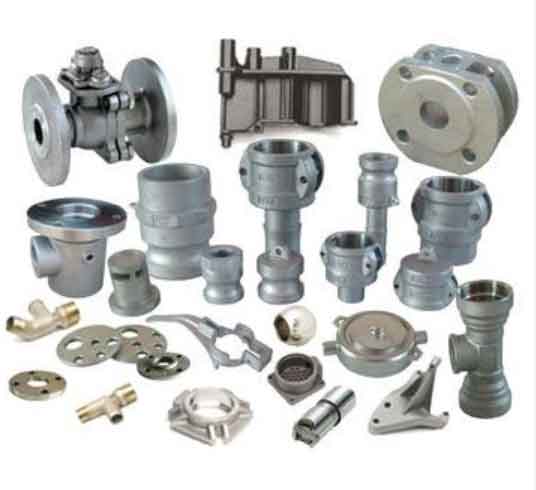Sustainable practices in sand casting parts focus on minimizing the environmental impact of the process, optimizing material usage, and promoting recycling and waste reduction. Here are some key considerations for achieving sustainability in sand casting:

- Material selection: Choosing environmentally friendly materials is an important aspect of sustainable sand casting. Opting for materials with a low carbon footprint, such as recycled metals or alloys, can help reduce the environmental impact. Additionally, selecting materials that can be easily recycled or reused at the end of the product life cycle promotes circular economy principles.
- Recycling and waste reduction: Sand casting generates waste materials, such as excess sand, gating systems, and metal scraps. Implementing effective recycling and waste reduction practices is crucial. Recycling systems can be implemented to reclaim and reuse molding sand, reducing the need for fresh sand. Metal scraps can be collected and recycled, minimizing material waste and conserving resources.
- Energy efficiency: Enhancing energy efficiency in sand casting can significantly reduce the environmental footprint. Employing energy-efficient equipment, optimizing process parameters, and using advanced technologies can help minimize energy consumption. Process improvements, such as reducing cycle times and optimizing heating and cooling systems, can contribute to energy savings.
- Emission control: Controlling and minimizing emissions is essential for sustainable sand casting. Implementing proper ventilation systems and exhaust controls in foundries can help reduce air pollution. Filtering and treating gases and particulate matter generated during the casting process can also mitigate environmental impact.
- Water conservation: Sand casting involves the use of water for mold preparation and cooling. Implementing water conservation measures, such as recycling and reusing water, can minimize water consumption. Proper management of wastewater and implementing water treatment systems can also help reduce the environmental impact.
- Environmental certifications: Obtaining environmental certifications, such as ISO 14001, demonstrates a commitment to sustainable practices. These certifications provide guidelines and frameworks for managing environmental aspects and continuously improving environmental performance.
- Life cycle assessment: Conducting life cycle assessments (LCAs) can help evaluate the environmental impact of sand casting parts throughout their entire life cycle. LCAs consider factors such as raw material extraction, manufacturing processes, transportation, product use, and end-of-life disposal. This assessment provides insights for identifying areas of improvement and implementing sustainable practices.
Sustainable sand casting requires a holistic approach that considers material selection, process optimization, waste reduction, energy efficiency, and environmental impact. By adopting sustainable practices, manufacturers can reduce their environmental footprint, conserve resources, and contribute to a greener future.
